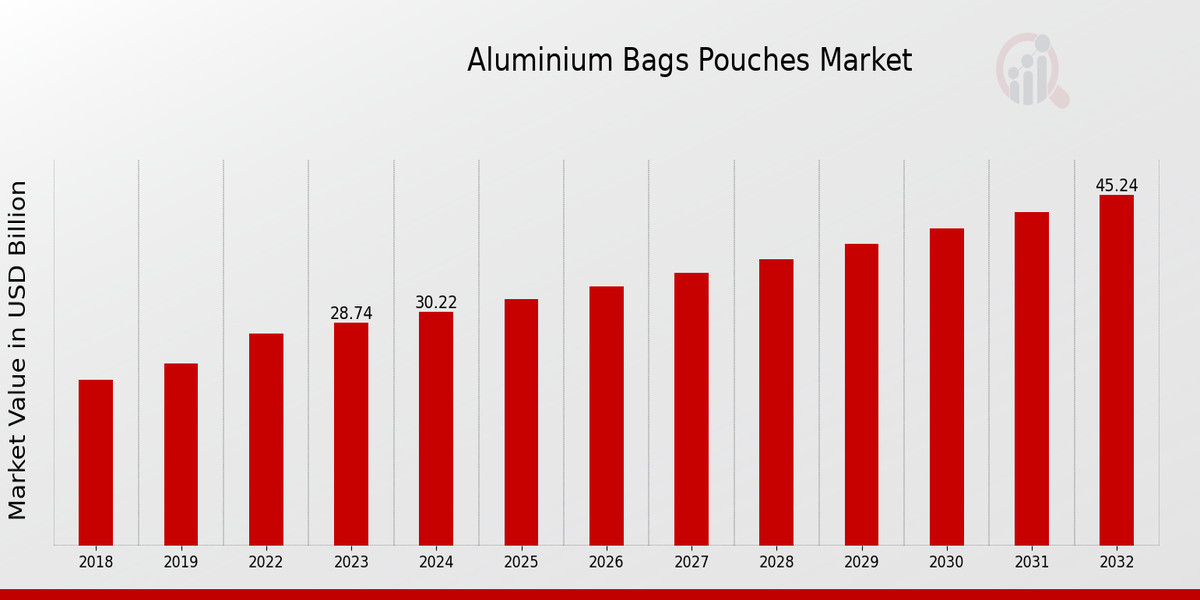Future‑Oriented Trends in the Fish Shrimp Feed Additives Market
The Fish Shrimp Feed Additives Market is set to be influenced by a fresh wave of transformational developments over the next horizon. This blog explores upcoming Fish Shrimp Feed Additives Trends and what they mean for industry participants.
One emerging trend is the increased utilisation of alternative ingredient sources in additive formulation. For example, micro‑algae, insect protein, plant bio‑actives, novel microbial strains and other sustainable raw materials are gaining traction. These alternative ingredients help align with sustainability goals, reduce reliance on traditional inputs and open new formulation possibilities. Another trend is the further customisation of additive solutions. This means not only species‑specific but system‑specific (pond vs RAS vs offshore) and even region‑specific additive blends that take into account local water quality, temperature regimes, disease profiles and feed practices. Such customisation enhances performance and differentiates additive suppliers.
Integration of digital farming technology is another major trend. Additives are no longer stand‑alone; they are now part of a broader feed and farm‑management ecosystem that uses sensors, IoT, data analytics, real‑time monitoring and precision dosing. Feed additives linked into this system can show value beyond just ingredient chemistry—they can be part of optimisation, monitoring and decision‑support processes. There is also a trend of increasing service‑oriented models accompanying additives: demonstration farms, performance monitoring, feed audit systems, advisory services and subscription‑type models for additive dosing and monitoring. This shift from product‑only to product‑plus‑service is influencing market dynamics. Furthermore, smaller aquaculture operations in emerging regions are starting to adopt advanced additives, albeit later than large operations. This opens new market frontiers. As additive cost comes down and service/support improves, these smaller operations become viable customers, making the market more inclusive. For industry participants, these trends suggest that staying ahead will require not just product innovation, but service capability, digital/sensor integration, broad ingredient sourcing, regional adaptation and scalability across farm sizes.
FAQs
Q1: What future trends should be considered in the Fish Shrimp Feed Additives market?
A1: Future trends include adoption of alternative raw materials (micro‑algae, insect protein), species/system/region‑specific additive formulations, digital integration (sensors, IoT, data analytics), service‑based additive models (performance monitoring, advisory), and increased adoption by smaller/medium aquaculture operations in emerging markets.
Q2: How can additive suppliers differentiate in light of future trends?
A2: Suppliers can differentiate by developing sustainable ingredient portfolios, offering tailored solutions for species/system/region, integrating digital monitoring or advisory services, building demonstration and field validation frameworks, supporting regional education and adoption, and offering value‑based pricing models catering to smaller operations.














